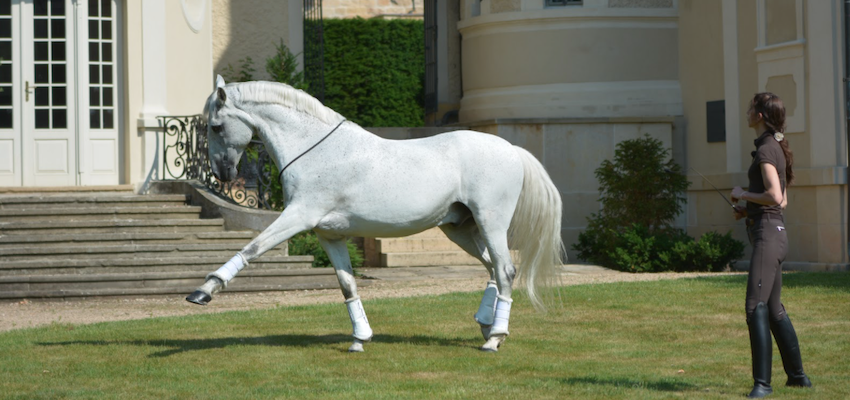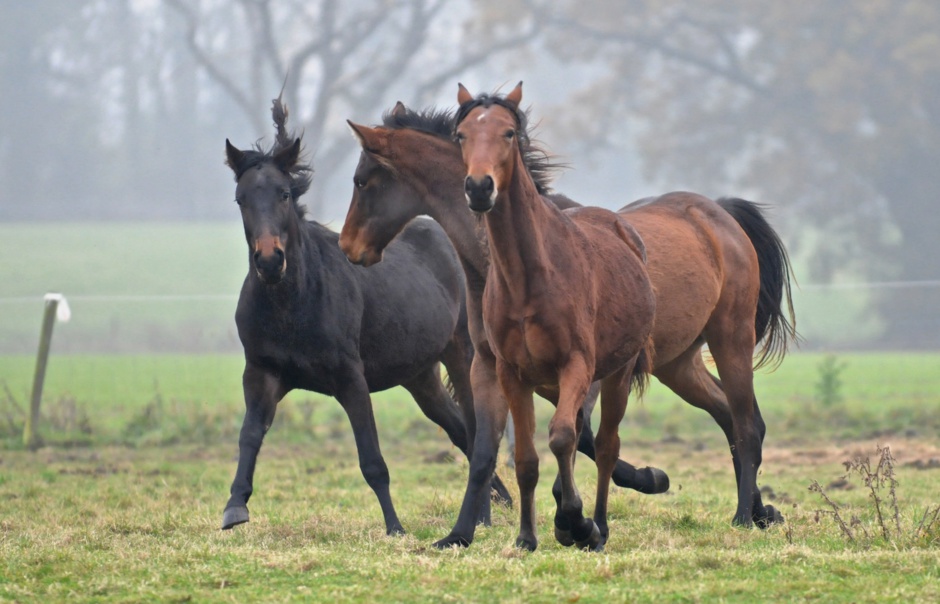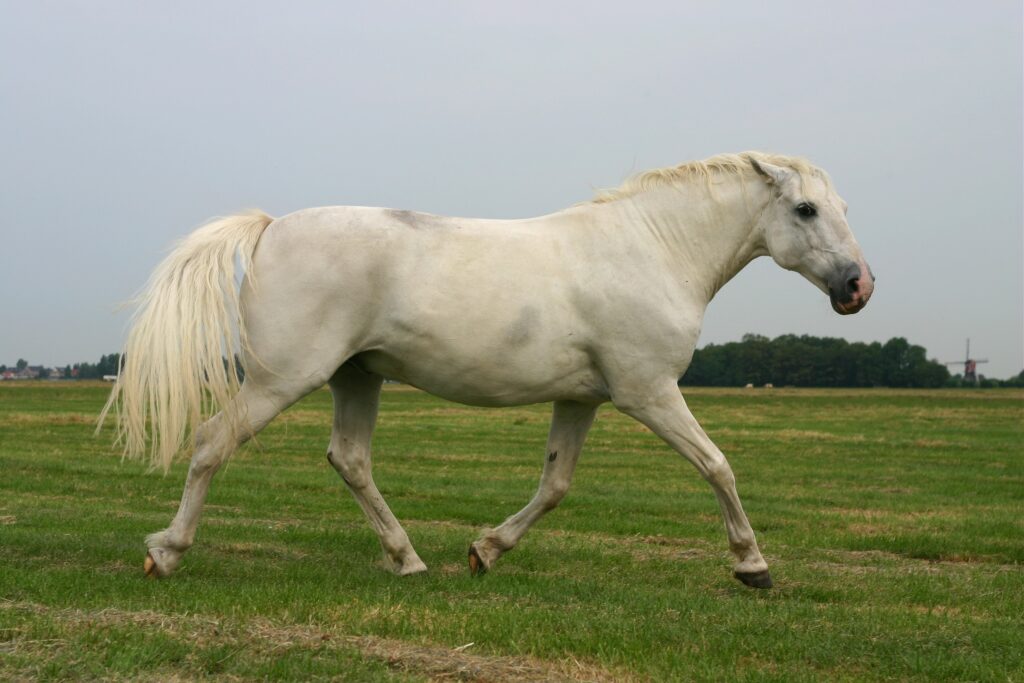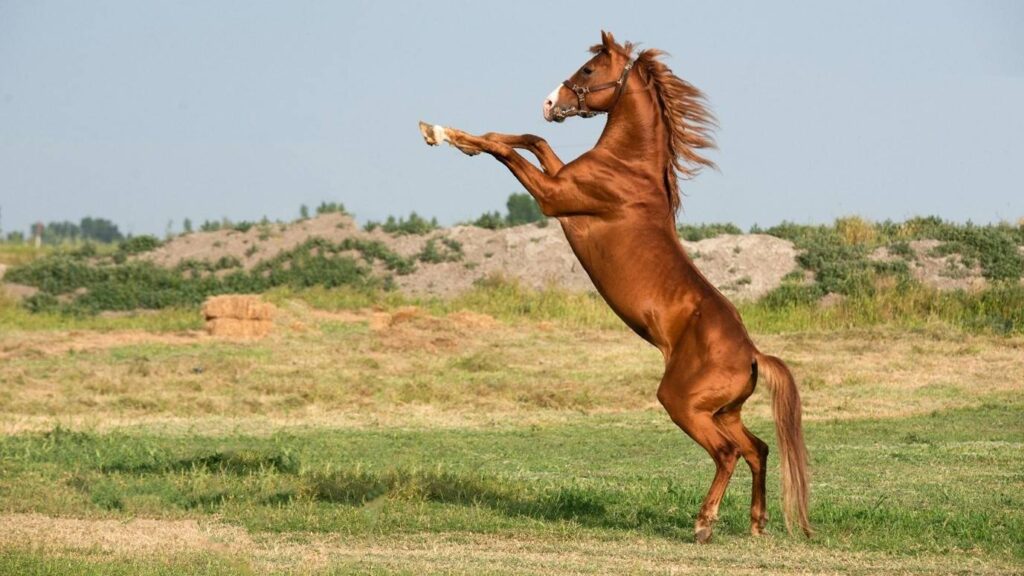The fascinating world of horses is filled with beauty, grace, and sometimes unexpected reactions. Among these reactions, horse fear-based behavior is a common challenge that many horse enthusiasts face. Understanding these behaviors is essential for creating a harmonious relationship between humans and horses. In this article, we will delve into the causes, signs, and solutions for managing fear-based behaviors in horses.

What is Horse Fear-Based Behavior?
Fear-based behavior in horses refers to the reactions and actions that arise when a horse perceives a threat or feels anxious. These behaviors can range from subtle signs of discomfort to more pronounced actions like bolting or bucking. Recognizing and understanding these behaviors is crucial for ensuring the safety and well-being of both the horse and the handler.
Causes of Fear in Horses
Natural Instincts
Horses are prey animals, and their natural instincts make them hyper-aware of their surroundings. This heightened sense of awareness can lead to fear-based reactions when they encounter unfamiliar situations or perceive potential threats.
Past Experiences
Past experiences play a significant role in shaping a horse’s behavior. Horses that have been mistreated or exposed to traumatic events may develop fear-based behaviors as a protective mechanism.
Lack of Training
Proper training is essential for helping horses manage their fears. Horses that lack basic training or have not been exposed to a variety of situations may react fearfully to new experiences.
Signs of Fear-Based Behavior
Physical Signs
Physical signs of fear in horses include wide eyes, flared nostrils, and tense muscles. These signs indicate that a horse is in a heightened state of alertness and may be preparing to flee.
Behavioral Signs
Behavioral signs of fear include refusal to move, sudden movements, and vocalizations. Recognizing these signs early can help prevent escalation and ensure the safety of both the horse and the handler.
How to Manage Fear-Based Behavior
Building Trust
Building trust is essential for managing fear-based behavior. Spend time with your horse, engage in positive interactions, and create a safe environment. Trust is the foundation of a strong horse-human relationship.
Incremental Exposure
Gradual exposure to new experiences can help horses overcome their fears. Start with low-intensity situations and gradually increase the level of exposure as the horse becomes more comfortable.
Consistent Training
Consistent training is key to managing fear-based behaviors. Incorporate basic commands and groundwork exercises to build confidence and reduce anxiety in horses.
Common Mistakes to Avoid
Ignoring the Signs
Ignoring the signs of fear can lead to dangerous situations. Always pay attention to your horse’s body language and take action to address any signs of fear or discomfort.
Forcing the Horse
Forcing a horse to confront its fears can exacerbate the problem. Instead, focus on gradual exposure and positive reinforcement to help the horse overcome its fears.
The Role of Professional Training
Professional trainers can provide valuable insights and techniques for managing fear-based behaviors. If you’re struggling to address your horse’s fears, consider seeking the guidance of an experienced trainer.
Conclusion
Understanding and managing horse fear-based behavior is essential for creating a safe and harmonious environment for both horses and humans. By recognizing the causes and signs of fear, employing effective management techniques, and seeking professional guidance when necessary, horse enthusiasts can help their equine companions overcome their fears and thrive.

FAQ Section
Why do horses exhibit fear-based behavior?
Horses exhibit fear-based behavior due to their natural instincts, past experiences, and lack of training. As prey animals, they are naturally cautious and may react fearfully to perceived threats.
How can I help my horse overcome fear?
To help your horse overcome fear, focus on building trust, providing consistent training, and using gradual exposure techniques. Professional guidance may also be beneficial.
What are the signs of fear in horses?
Signs of fear in horses include wide eyes, flared nostrils, tense muscles, refusal to move, and sudden movements. Recognizing these signs early can help prevent escalation.
This article contains affiliate links. We may earn a commission at no extra cost to you.







